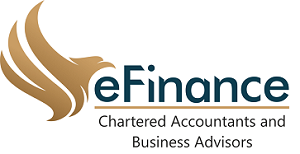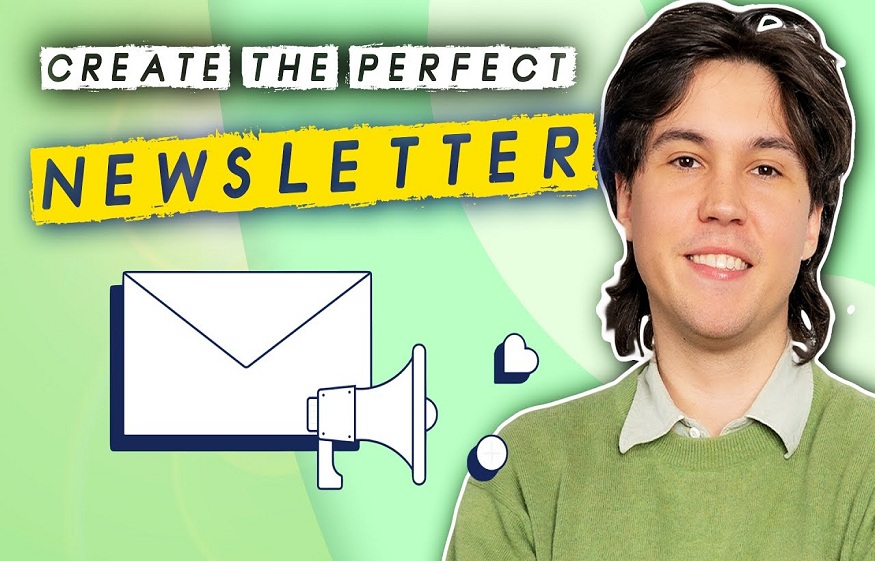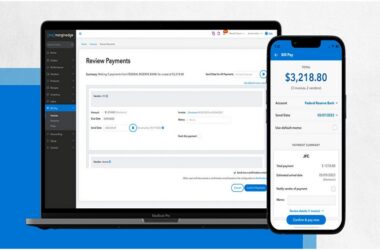It is already proven that Email Marketing is effective, however, if you truly want to harness its power you will need to start understanding the psychology behind it and how to write emails that get results. Working on an e-commerce email marketing agency helps you build this understatement, but as you’re probably looking for this information we want to share with you the basics of a Newsletter and 5 tips to leverage this type of email campaign.
What exactly are newsletters? It’s basically any valuable content and non-salesy content that you share with your list because it has something to do with you, your products, or your relationship with your audience. Newsletters are pretty popular in the email marketing world because they can help you connect with your customers, build your brand, and they are a regular source of traffic that’s ready to boost sales. Here you have the 5 top tips to improve your Newsletter writing and boost engagement:
1. Make sure you have a goal of what you want to achieve through Newsletter
As mentioned before, this type of email campaign doesn’t include promotional aspects or have the goal of selling your product. A newsletter is characterized by providing educational insights, information, facts, and even comparison with other brands.
With this type of email campaign, you have a 50% earned as the customer is deciding to opt-in when they subscribe through your pop-up, the goal here is building relations with transparency and trust, constantly depending on your strategy this could once per week or once per month minimum.
2. Give readers what they need and what they didn’t know they need
Your customers will be more interested in knowing how to use, what is made of, or fun facts about the product you sell, at the end this is what they subscribe for. A couple of ideas to succeed with the expectations is by sharing a blog about the product, and to make it more interactive you can allow them to share the blog on their social media.
Trust me when I say that providing more actionable matters, not asking them to buy, but giving them value makes the difference.
3. Great copy and even better design
Aspects about copy to keep in mind:
- Make sure to have a solid subject line
- Depending on how catchy your angle is, try to re-use it and just update it depending on the event. For example Product of the Month
- Get personal with the copy, and address directly the audience
- Avoid words that normal people don’t know to make it readable for everyone
- Keep copy short and sweet to not lose interest
- Create an easy but effective CTA, right to the point, and valuable for the newsletter like: Show more, Read more, Check the full blog.
Aspects of design to keep in mind:
- Make sure the email fits perfect on mobile and desktop
- Stay on brand, use the regular fonts, colors palette, etc
- Don’t put images if it’s not necessary, be careful with the ones you choose as this is not really an image-based email, nor plain text.
- Don’t leave huge chunks of text, to avoid overwhelming the reader. Allow them to scan and choose what they want to focus on from the text.
- CTA button needs to look attractive
4. Who to send this to? Segment your list properly
Do not send to the entire database or full list, here the science of segmentation comes to action and you need to apply it. If it’s not relevant to the audience they will be unsubscribing or even worst, marking the emails as spam. If your list is too long, the best advice is to divide it into different segments according to more specific interests and create newsletters for each one.
5. Encourage communication and request feedback
In comparison to product showcases or offers, a newsletter allows you to start a conversation through customers’ replies to your emails. It can be by adding a sentence at the end of the email stating that any doubt or suggestion is welcome and it can be received by replying to the campaign. By doing this, subscribers will feel included and that their opinions matter.
Achieving your brand’s goals will ultimately be the decision-maker in implementing strategies based on your subscribers and the data you’ve collected. However, if you’re not sure how to and would like to know more about the types of email campaigns, here you go an excellent article about 7 Types of Email Campaigns You Can Add to Your Content Strategy.



